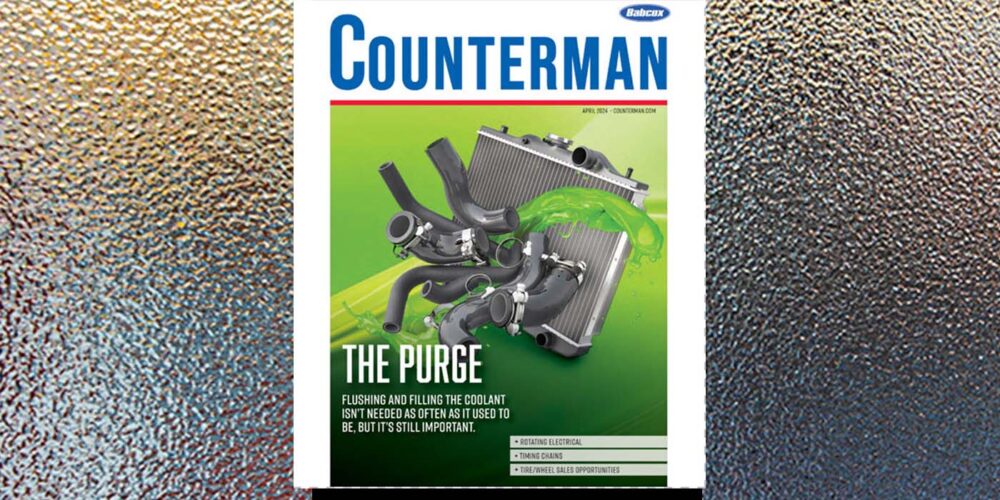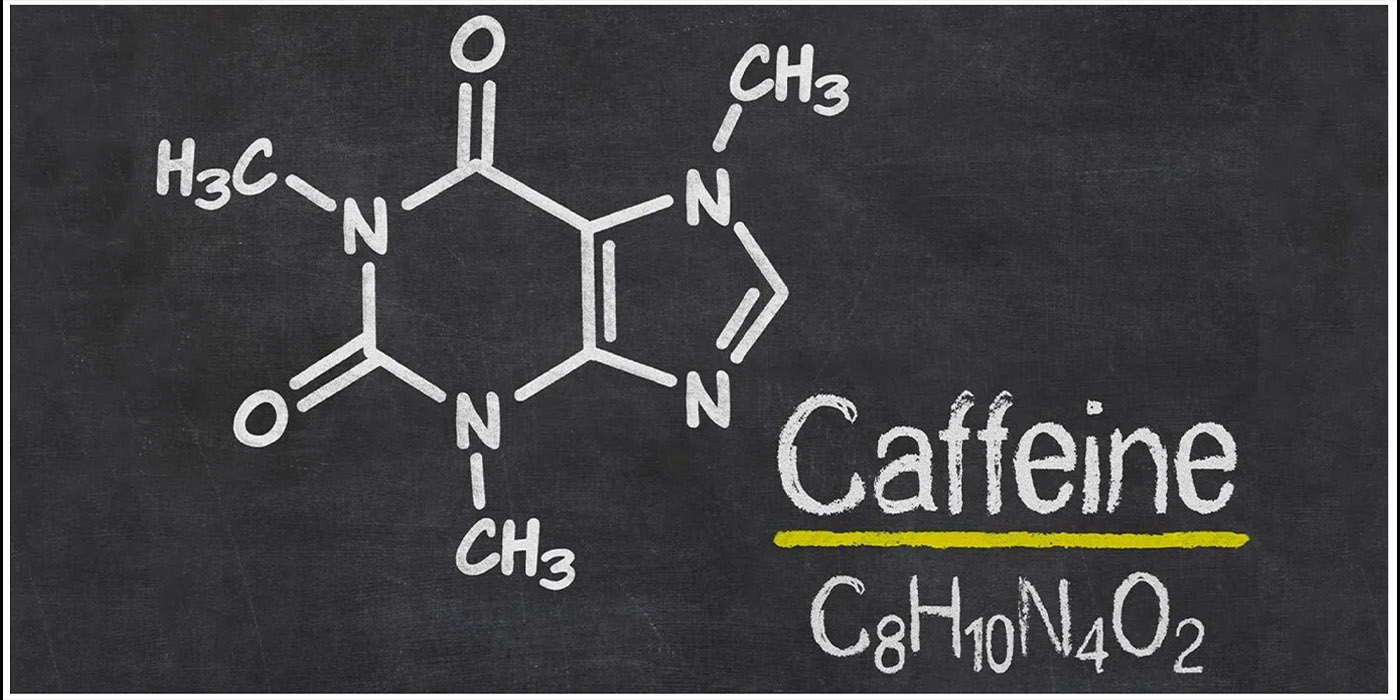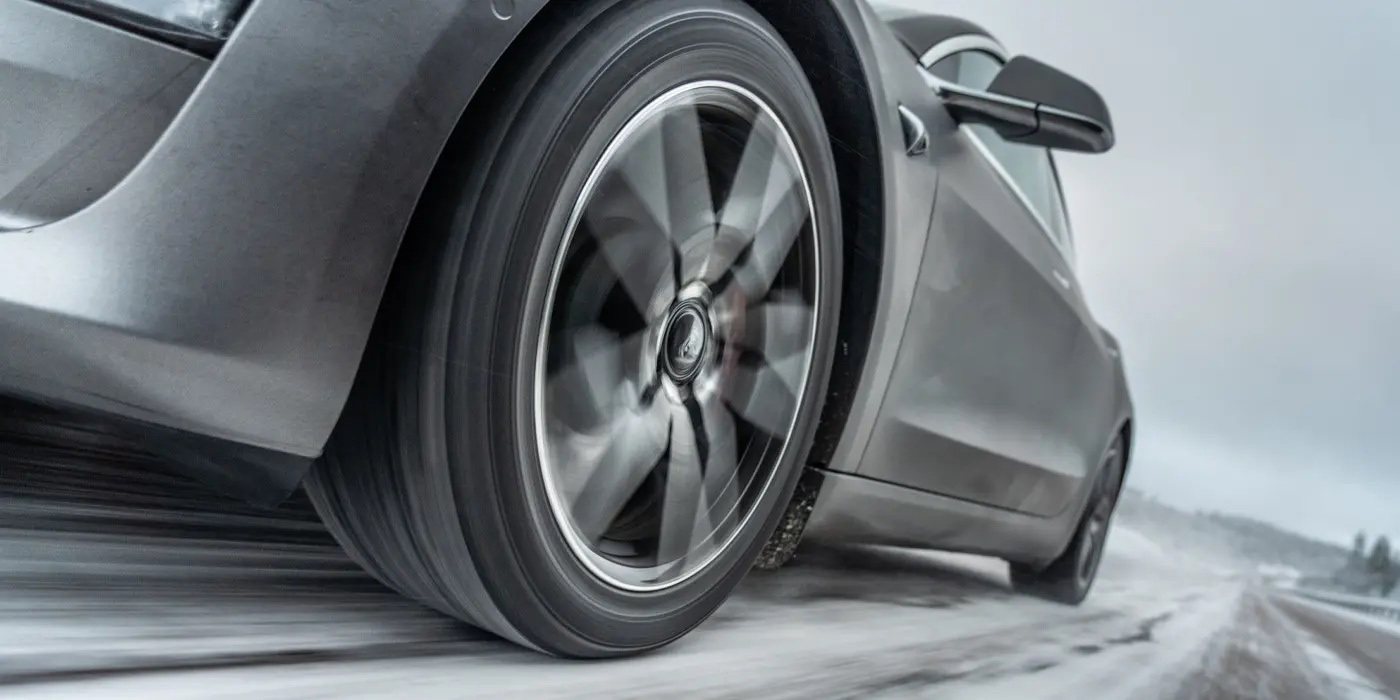
Everything, it seems, is “extreme” these days – from extreme skiing to extreme baking. Unfortunately, we’ve also been seeing more extreme weather in recent years. Blizzards, floods, heat waves and other extreme weather events put additional stress on your customers’ vehicles. Counter pros are in an ideal position to help motorists prepare for Mother Nature’s wrath, and we know inclement weather can be very good for business.
As human beings, we need protection from extreme weather. We wouldn’t consider walking in a snowstorm wearing a T-shirt (in our right mind, at least). You can help your customers take care of their vehicles in the same way.
Batteries
Batteries often need to be replaced in the winter months. Ironically, it’s not the winter temps that do the most damage to the battery; it’s the summer heat. Typically, though, the damage from the hot summer sets in during the winter, as the cold-cranking capacity is affected. According to AAA, a battery loses about 60 percent of its strength at 0 F and it loses 35 percent at 32 F.
In cold temperatures, starting an engine can take up to twice as much current as needed under normal conditions. Most SLA-type, lead-acid batteries are rated to last between three to five years. How long the battery lasts depends on the driving style and environment. Also, more accessories that are added on can drain the battery, especially over short trips. It’s a cumulative effect that over time will wear down the battery quicker and have the most strain in the colder weather.
Belts and Hoses
Belts and hoses are like the circulation and nerve center of the vehicle, allowing the alternator to convert alternating current to direct current that charges the battery and coolant to flow through the radiator and engine. In extreme conditions, the materials from which the parts are made can be pushed to their limits. Belts can overheat and slip on the pulley or become brittle and crack or break altogether.
Fluids
Check the fluids and flush or replace at the correct service intervals. The cooling system should be flushed or topped off according to the manufacturer’s recommendations. Engine coolant typically needs to be replaced every three to five years. The level and concentration of the coolant should be checked regularly in between refills. Using a 50 percent mix of water and antifreeze usually is recommended. An antifreeze tester can measure the strength of the coolant mix. This test shows the lowest ambient temperature to which the engine is protected from freezing. Also, check the coolant reservoir to make sure it’s filled to the proper level.
Tires
Tires are one of the most critical parts of a vehicle in extreme conditions. Low air pressure and worn tires are especially dangerous on wet or slick roads, as both can reduce traction. Each vehicle and tire combination needs a specific pressure to operate optimally. Be sure to look up the correct tire pressure. You also might recommend a tire-pressure gauge so your customer can keep tabs on their pressures. Snow tires may be a consideration in some regions of the country. While winter tires will increase traction and improve safety on the road in the harsh weather, they’re not great for driving in the summer months.
Wipers
Don’t overlook windshield wipers in extreme weather, especially where there’s rain or snow involved. Arguably, the most critical need in bad weather is to be able to see the road ahead. If your customer has old, worn-out wipers, the windshield can act more like a closed curtain than a window. Be sure to recommend topping up windshield-wiper fluid as well. And, if the weather is cold and icy, a good de-icing formula will work even better to clear away the precipitation.









